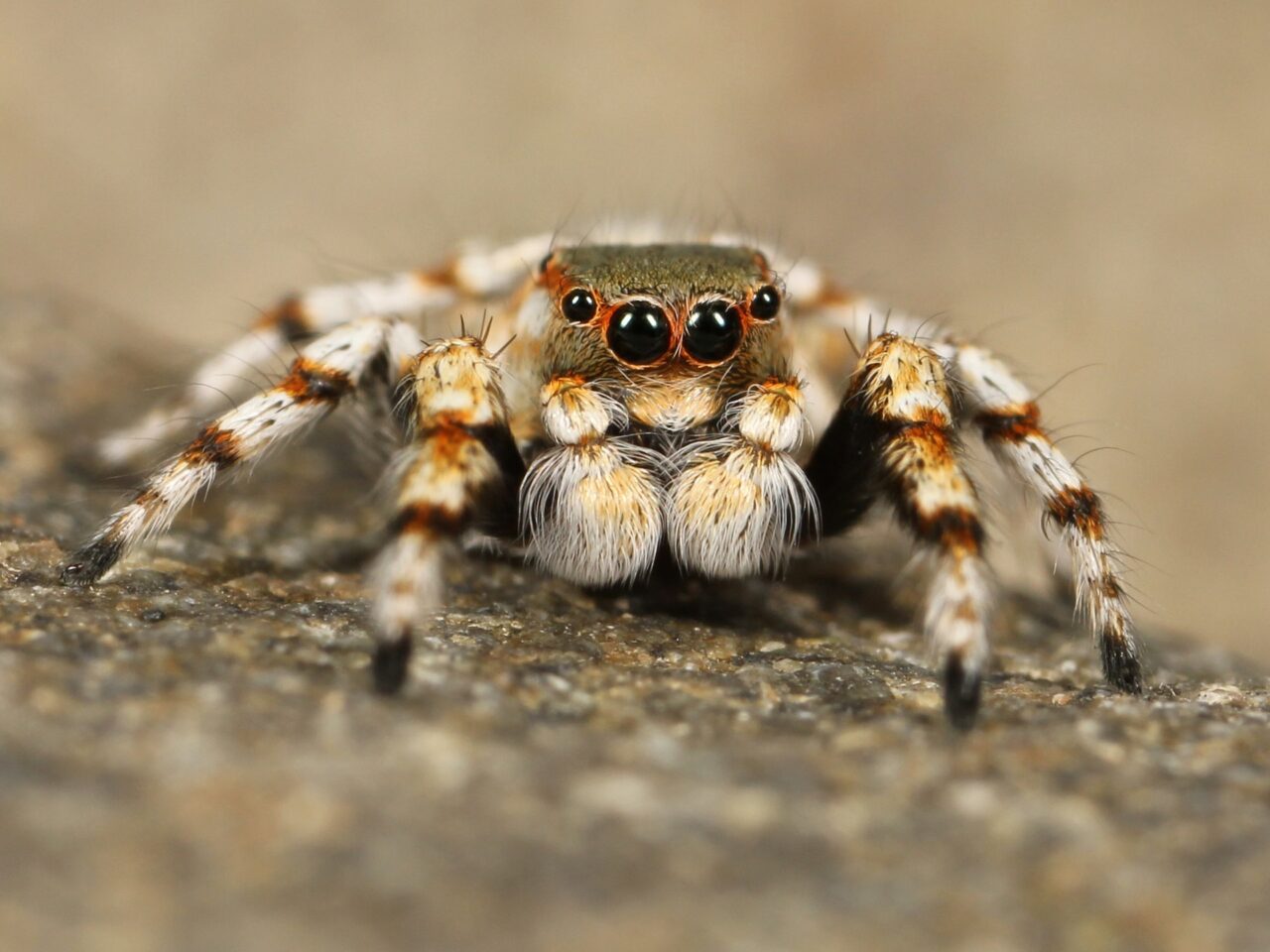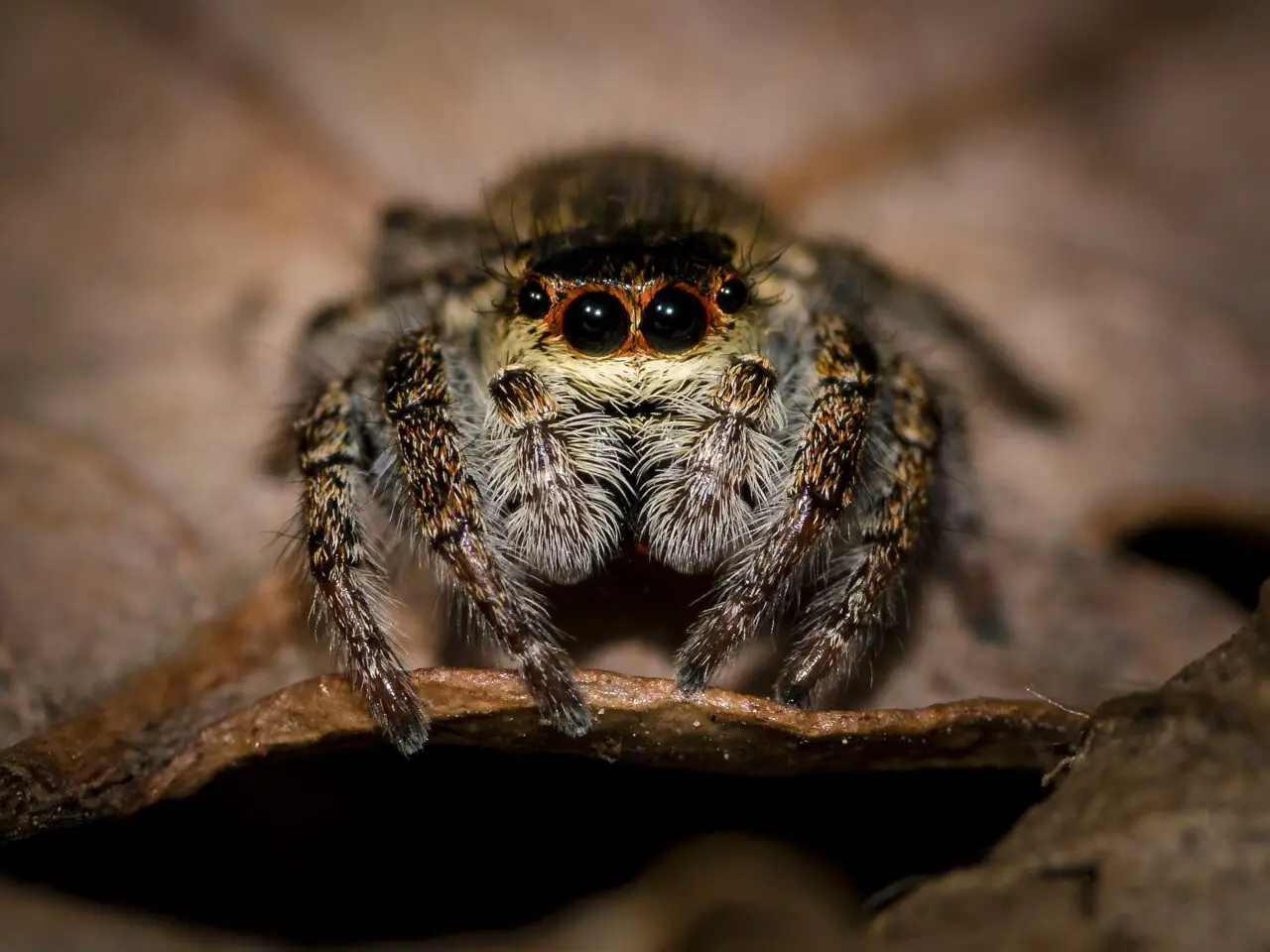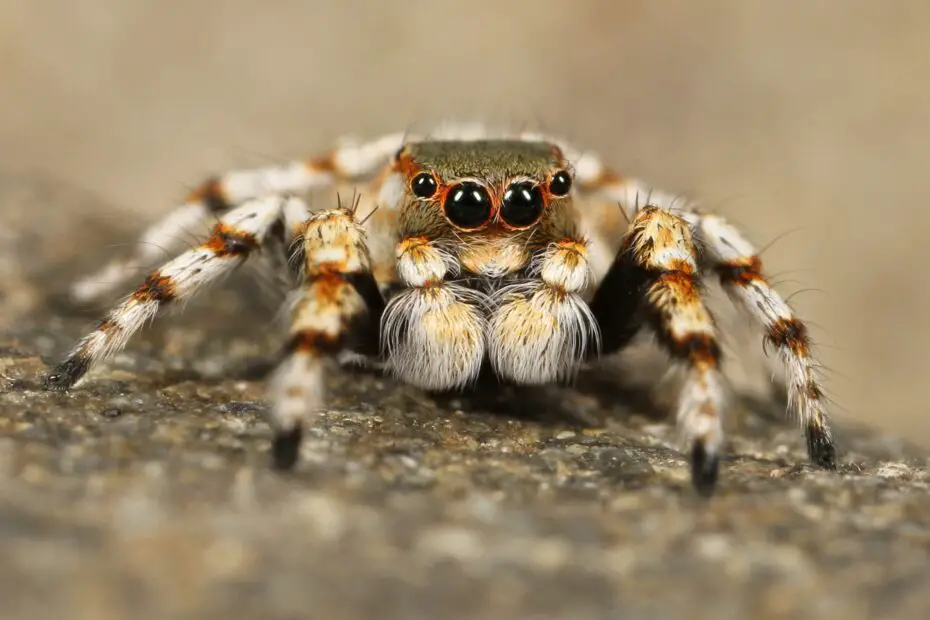A jumping spider pet is great for everyone. Are you seeking an unusual and captivating pet that will both fascinate and entertain you? Look no further than the world of jumping spiders. With their incredible agility, unique appearance, and endearing behaviors, jumping spiders make for fascinating companions.
In this article, we will explore the joys and responsibilities of keeping a jumping spider as a pet. From their captivating hunting techniques to their expressive personalities, get ready to embark on an adventure with these charismatic eight-legged creatures.
You may also want to know what spider poop looks like.
The Fascinating World of Jumping Spiders
Jumping spiders belong to the Salticidae family, which is one of the largest spider families, comprising over 6,000 species. These small arachnids are known for their remarkable vision, agile movements, and astonishing hunting abilities. Unlike other spiders, jumping spiders actively stalk and pounce on their prey, displaying intricate courtship rituals and engaging in impressive displays of acrobatics.
Choosing a Jumping Spider Pet
Before bringing a jumping spider into your home, it’s important to understand the commitments and considerations involved. While they may not be suitable for everyone, jumping spiders can make excellent pets for those with a genuine interest in arachnids. They require a controlled and secure environment, regular feeding, and careful handling to ensure their well-being.

Jumping Spider Pet Setting Up the Perfect Enclosure
Creating an appropriate enclosure is essential for the health and happiness of your jumping spider. A small terrarium or container with proper ventilation is ideal. Since jumping spiders are adept climbers, vertical space is crucial. Decorate the enclosure with branches, twigs, and artificial foliage to mimic their natural habitat. It’s important to maintain a stable temperature, humidity, and lighting conditions to provide a comfortable environment for your pet.
Feeding and Nutrition for your Jumping Spider Pet
Jumping spiders are carnivorous hunters that feed on live prey. In captivity, they can be fed a variety of small insects such as fruit flies, pinhead crickets, or small spiders. It’s crucial to provide a varied diet to ensure they receive the necessary nutrients. Avoid using toxic pesticides on the prey, as it can harm the jumping spider. Offer fresh water in a shallow dish or through misting the enclosure.
Handling and Interaction with your Jumping Spider Pet
While jumping spiders are not pets for cuddling or extensive handling, they can still provide enjoyment through observation and interaction. Gentle and careful handling can be done occasionally, but it’s important to remember that they are delicate creatures. Frequent handling can cause stress and potential injury to the spider. It’s best to focus on creating a safe and stimulating environment for your jumping spider to thrive.
Jumping Spider Species
Jumping spiders come in a wide variety of species, each with its own unique characteristics and appearances. Some popular species among jumping spider enthusiasts include the Bold Jumping Spider (Phidippus audax), the Regal Jumping Spider (Phidippus regius), and the Zebra Jumping Spider (Salticus scenicus). Each species exhibits different colorations, patterns, and behaviors, making them captivating additions to any spider enthusiast’s collection.
Jumping Spider Behaviors and Characteristics
Jumping spiders possess a range of intriguing behaviors and characteristics that make them stand out among other arachnids. Their exceptional eyesight allows them to detect movement and judge distances with precision. Jumping spiders are also known for their intricate courtship rituals, which involve elaborate dance-like displays to attract mates. Additionally, their ability to leap remarkable distances with their powerful hind legs is a testament to their agility and hunting prowess.

Common Health Concerns
Jumping spiders are generally hardy creatures, but it’s important to be aware of potential health concerns. The most common issues include dehydration, poor nutrition, and infections. Ensure that their enclosure is adequately humid and provide a varied diet of nutritious live prey. Regularly inspect your spider for any signs of illness, such as lethargy, loss of appetite, or abnormal behavior. Consulting with a veterinarian experienced in exotic pets is recommended for any health concerns.
Tips for Caring for Your Jumping Spider
Here are some valuable tips to ensure the well-being of your jumping spider:
- Research the specific species you plan to keep to understand their unique care requirements.
- Provide an appropriate enclosure with vertical space, hiding spots, and suitable temperatures and humidity levels.
- Offer a varied diet of live prey insects to meet their nutritional needs.
- Avoid excessive handling, as it can stress and potentially harm the spider.
- Regularly monitor your jumping spider’s health and seek veterinary care if needed.
Conclusion
Keeping a jumping spider as a pet is an adventure that offers a unique glimpse into the fascinating world of these agile arachnids. Their charming behaviors, impressive hunting skills, and intricate appearances make them captivating companions for those with an interest in the extraordinary. By providing the proper care, environment, and attention, you can enjoy the company of a jumping spider and marvel at its remarkable abilities.
FAQs
1. Are jumping spiders venomous? Yes, jumping spiders are venomous, but their venom is not considered harmful to humans. Their venom is primarily used to immobilize their prey rather than for defense.
2. Can jumping spiders live together in the same enclosure? Jumping spiders are solitary creatures and should not be housed together in the same enclosure. They may exhibit territorial behaviors and could potentially harm or stress each other.
3. Do jumping spiders require UV lighting? Jumping spiders do not require UV lighting and can thrive with appropriate ambient lighting. However, providing a natural light cycle can be beneficial for their overall well-being.
4. Can jumping spiders recognize their owners? Jumping spiders have excellent eyesight and can distinguish between different individuals. While they may not form a bond like traditional pets, they can become accustomed to their owners’ presence.
5. How long do jumping spiders typically live? The lifespan of jumping spiders varies depending on the species, but most commonly, they live for several months to a year or more in captivity with proper care.
